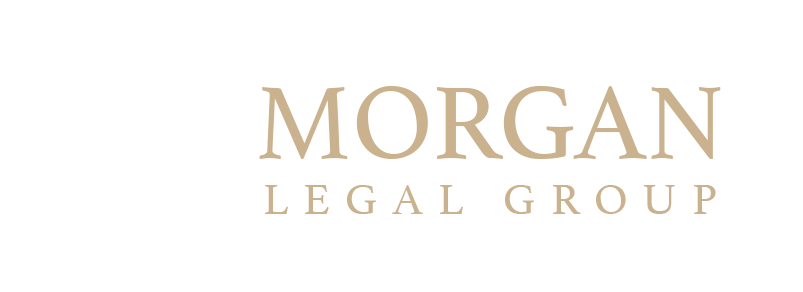Even with the pandemic looming and obstructing our normal way of day to day style of life, the wealthy can’t help but to look at their estate plan with the intent of finding available opportunities.
Considering the era we are in, one would say this is not the right time for looking for opportunities. It sounds very inappropriate to be searching for opportunities in the midst of a pandemic. But this is not withstanding as opportunities should be taken whenever they surface especially when it is regarding issues of wealth transfer where timing is very important.
GRAT during the Covid-19 pandemic
The Grantor Retained Annuity Trust is a method used to pass assets to your next generation with or no incurrence of gift or estate tax. Right from time, grantor retained annuity trust has been very useful to the wealthy. It is more powerful in this present day. There are two reasons for this; first of all, due to the pandemic, values of assets are down. Secondly, the internal revenue service hurdle rate is low. The benefit of this is that when the pandemic crises should pass and values of assets should return to normal, GRAT would result in the transfer of a great deal of wealth to its intended beneficiaries.
Before engaging this method as an individual it is necessary you know how it functions, know its advantages as well as its disadvantages. This also applies to families who wish to use this method.
Working process of GRAT
The method of GRAT involves the transferring of assets to an irrevocable trust by a grantor. The irrevocable trust is for a fixed period of time. This method is very useful in passing wealth from one generation to another. It is necessary for these assets which fund the GRAT to have growth potentials.
At the date of the grant’s anniversary, the annuity is taken by the grantor. There is a unique way of calculating the annuity. The internal revenue service determines monthly the interest rate that the grantor will be paid during the term of the GRAT. This is calculated with the interest rate called 7520 rate. The 7520 rate is what makes a difference in having this strategy work.
At the end of the fixed period of the irrevocable trust, the assets received by the beneficiaries will be free from estate and gift tax. This method is repeatable for a number of times to transfer assets from generation to generation. Also, the assets which the beneficiaries receive is pretty much as the GRAT are done with assets which worth millions.
Possible risks associated with this method
As it is with every other thing, whatever has an upside also has a down side. Some risks are associated with this method.
It is very likely for the GRAT not to work as there is no guarantee of this method. The failure of GRAT is something that is common. So individuals and families hoping to use this method might want to reconsider.
In some cases, it is very much possible for the GRAT to perform beneath the hurdle rate. In this case all of the grantor client’s assets in the trust will be given back. The beneficiaries receive nothing whatsoever. The consequence to the Grantor was the cost of preparing the documents.
For this reason, the grantor should do well to choose only assets with strong appreciation potential. This way, there will be possibility of success.
Also, wealthy individuals also need to be aware that while the assets are in the GRAT, as the grantor, they will still need to pay any income taxes due on them.
Perfect Timing
This era of Covid-19 crises is a perfect time for undertaking this type of estate planning? This is because of the low 7520 hurdle rate and the potential for strong market returns in the next few years.
Though this method may not be the perfect strategy for some persons, it may just be what is needed by some others especially those with large estate whose taxes are over the roof.
For professional consultation, our attorney is always available to attend to you. Reach us today.









